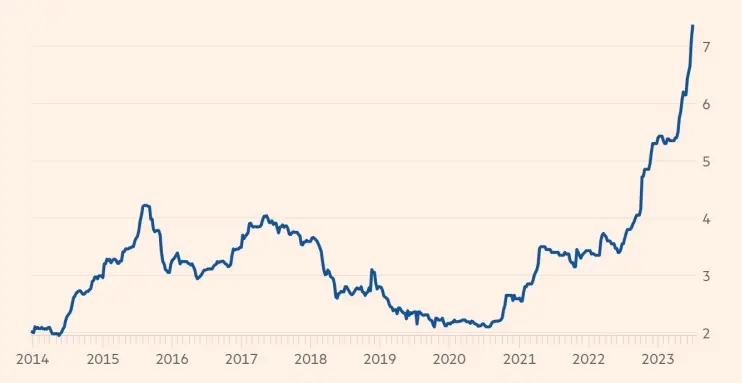ΟLIVE OIL PRICES - increases, causes, risks, and consequences
IMPACT, RISKS AND REPERCUSSIONS
Thefts:
Escalating prices have triggered an increase in olive oil thefts, and even olive branches and centuries-old trees. Chain-saw wielding gangs are scouring olive groves to capture the scarce fruit for olive pressing, leaving farmers devastated.
Olive Oil Fraud and Adulteration:
There has always been a huge (under-recognised) problem with adulteration of olive oil. In fact adulterated olive oil is now the biggest source of agricultural fraud in the European Union and this will increase further with the latest price inflations.
Such adulteration occurs not only with olive oil of poorer quality, but sometimes with oil that is not even from olives at all! In some cases, lampante, or "lamp oil," - which is made from damaged olives fallen from trees, is used, even though it is not legal to sell it for consumption. One fraud ring is believed to colour low-grade soy oil and canola oil with industrial chlorophyll, and flavoring it with beta-carotene.[5] his explains why although less than 10% of world olive oil production meets the criteria for labeling as extra-virgin, around 50% of retail oil is labeled "extra-virgin"! In some cases, lampante, or "lamp oil," - which is made from damaged olives fallen from trees, is used, even though it can't legally be sold as food. Some supposed "olive oils" are adulterated with low-grade soy oil and canola oil coloured with industrial chlorophyll, and flavoured with beta-carotene. In some cases, less than half the oil in a retail bottle is actually olive oil!
Whereas Crete and the southern Peloponnese are famed for the quality of their oil - nearly 95% is extra virgin at source, and naturally the price is going to be higher.
For a full and entertaining description of the problem I highly recommend Extra Virginity by Tom Mueller and .....
How do you know you are getting the quality you pay for?
First piece of advice - don't be fooled by 'bargain' extra virgin olive oil: It is probably fake or old!
Always check that the container label contains information regarding:
1. Criteria for classification of olive oil: acidity, peroxide level
2. Year of harvest
3. Source of olives (country, region)
4. Variety of olives
5. Production facility - where have the olives come from? Private estates and PDO/PGI olive oil is usually a safe assurance that you are getting what the label says.



Leave a comment